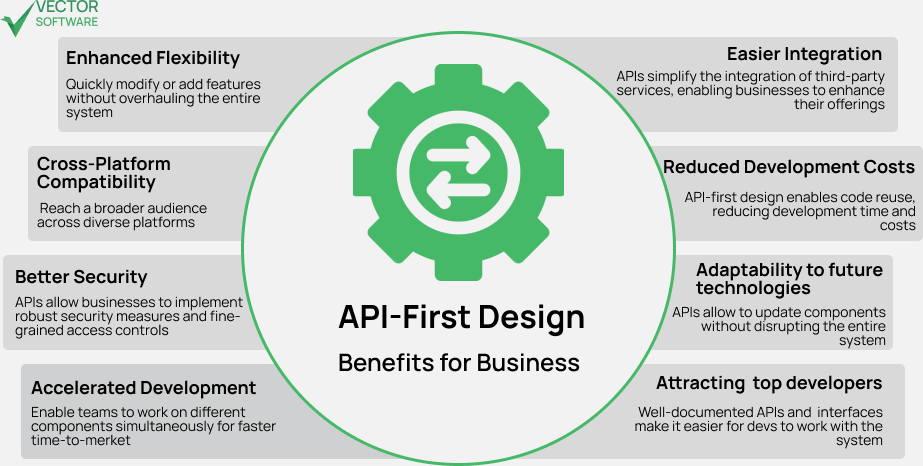
In the previous article, we dove deep into a company’s fintech product, emphasizing the necessity for flexibility and adaptability. Indeed, the success and profitability of the company over the next decade hinged on the well-thought-out architecture of this product.
Today, let’s shift gears to the theoretical side. What key factors should you be aware of and consider when constructing a digital solution that can seamlessly adjust to new conditions, markets, economic crises, and the like?
Modular Architecture
We have already mentioned this point in the article. The basic principle of Modular Architecture can be explained using the example of LEGO. Each LEGO brick is like a module, it has a unique shape and function. You can combine these bricks in various ways to create different structures, like buildings, cars, or even robots. If you want to change or add something to your LEGO creation, you can easily do it by removing or adding specific bricks without affecting the entire structure.
In a modular architecture for digital platforms or software, these “modules” are like individual features or components of the system. They are designed to work independently, so if you need to update or add a new feature, you can do so without disrupting the entire platform. It’s a flexible and efficient way to build and maintain complex systems because you can modify or expand one part without affecting the rest.
Modular Architecture: Benefits for Business

API-first Approach
An API-First Approach is a software development methodology that prioritizes the design and development of Application Programming Interfaces (APIs) before building the user interface or other software application components. In simpler terms, it means focusing on creating the interfaces through which different software components or systems can communicate and interact before working on the visual or functional aspects of an application.
API-First Design: Benefits for Business

Agile Development Methodologies
Using Agile methodologies and the CI/CD Pipeline has already become a must-have for the vast majority of technology companies. But still, make sure that your future vendors are on board with it.
In the tech world, Agile development is the cool kid on the block. It’s all about breaking down projects into bite-sized chunks, aka sprints. This iterative approach allows for constant adjustments based on feedback, ensuring you stay nimble and responsive. Think of it as a tech dance – small steps, quick adjustments, and always in sync with the rhythm of your project.
CI/CD Pipeline
Continuous Integration (CI) and Continuous Delivery (CD) are essential in modern software development. In straightforward terms, CI ensures that developers regularly and reliably integrate small changes into the codebase. You can imagine it like building a puzzle. Continuous Integration (CI) is like adding pieces to the puzzle one by one, making sure each new piece fits seamlessly with the existing ones. If a piece doesn’t quite click, no worries – you can easily rearrange it without disrupting the whole puzzle.
Of course, crafting a flexible and adaptive digital solution might involve other essential approaches and practices, depending on your product goals and domain. Paying attention to these aspects from the get-go is like making a smart investment – it saves you money and time and guards against missed profits down the road.
Geir Egil Myhre
Founder and President
Ready to streamline your software solutions?
Let’s dive in together. Get expert consulting from our seasoned engineers.
 by
by 




